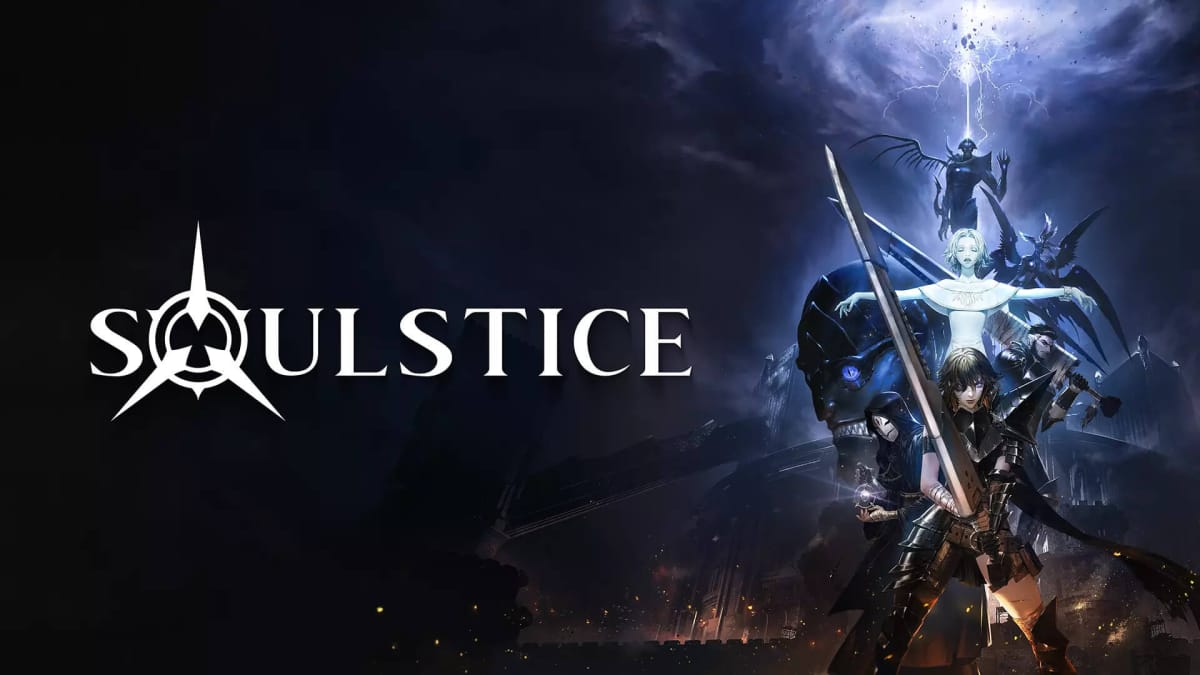What would you do for your sibling? Would you give them the last cupcake from the packet? How about giving them a ride somewhere if they're stuck? Would you let their ghost float alongside you and essentially spend every waking moment with you? Luckily for you, that's not a choice you have to make, but it's the situation in which Soulstice protagonist Briar finds herself.
Briar is a Chimera, a warrior with a spirit bound to them. Together with her sister, Lute, she's sent to the city of Ilden, over which a "Tear" has appeared. The Tear is bringing in all kinds of nasty beasties, so Briar and Lute must work together in order to save the city and perhaps discover their mysterious origins as well.
The story's setup and execution may be pretty dark, but Soulstice is a character action game that takes heavy inspiration from old-school semi-fixed camera affairs like Devil May Cry. Capcom's famous hack-and-slash franchise is known for being lean, challenging, and extremely well-crafted, so Soulstice has its work cut out for it. Can it hold a candle to Dante and his demon-killing antics?
Soulstice Has Some Excellent Combat
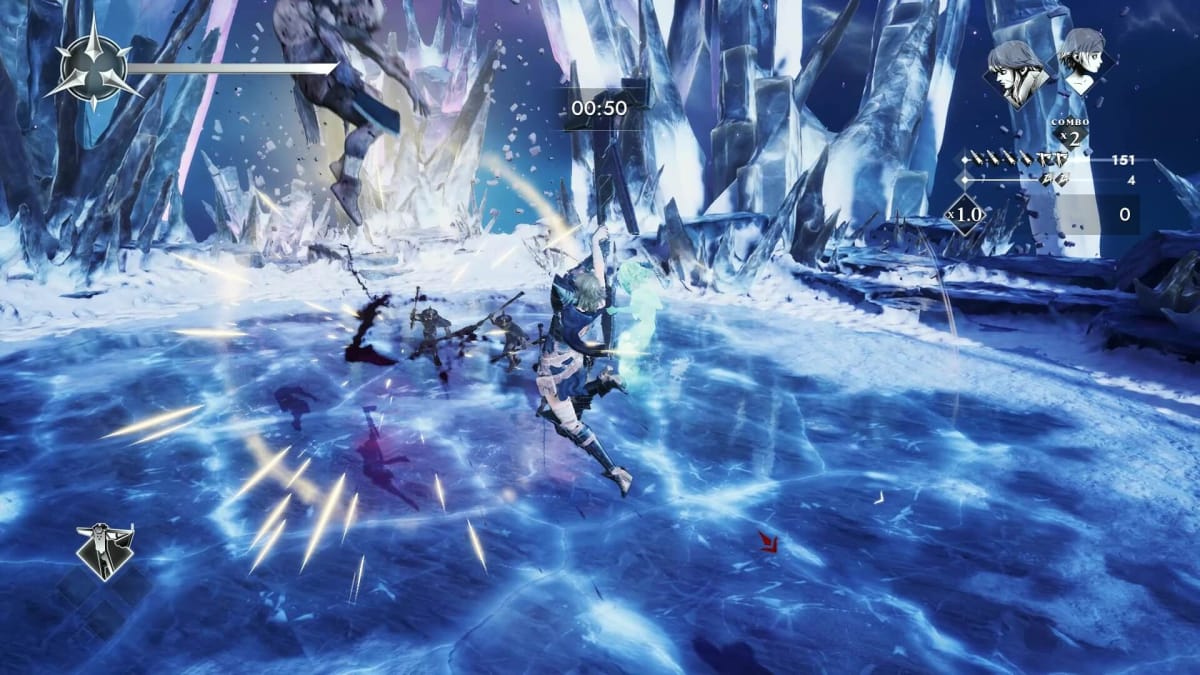
Just like Devil May Cry, Soulstice mixes linear exploration with hack-and-slash combat. Briar has a sword, which you'll use for light attacks, and a series of secondary weapons that constitute heavy attacks. Combat is all about chaining these two together, figuring out what kind of attacks enemies are weak against, and punishing enemy mistakes to maximize impact.
At its best, the combat is weighty and satisfying. Blows are crunchy and cathartic, especially with some of the heavier weapons Soulstice has to offer. The fist weapon, in particular, has a heft to it that makes it a constant joy to use. Combining sword attacks with heavy weapons and watching enemies explode en masse never gets old, and throughout its first half, Soulstice introduces new enemies with impressive frequency.
Unfortunately, things start to fall apart in the back half of the game. While the core combat is great in principle, Soulstice seems to run out of ideas after around seven to eight hours of gameplay. Enemies introduced after this period are frustrating bullet sponges that take an age to hack apart, and encounters can devolve into tedious grind-fests rather than the gleeful sprees of the early game.
At its best, the combat is weighty and satisfying.
Boss fights are another matter, though. Happily, they're usually much better than moment-to-moment fights. A couple of bosses are uninteresting humanoids with pedestrian movesets, but there's some real creativity on display elsewhere. I'd be giving away Soulstice's surprises if I went into detail, but suffice it to say that although there's nothing here on the level of Devil May Cry's boss design, Soulstice delivers when it comes to spectacular, climactic boss encounters.
There Are Too Many Mechanics In Soulstice
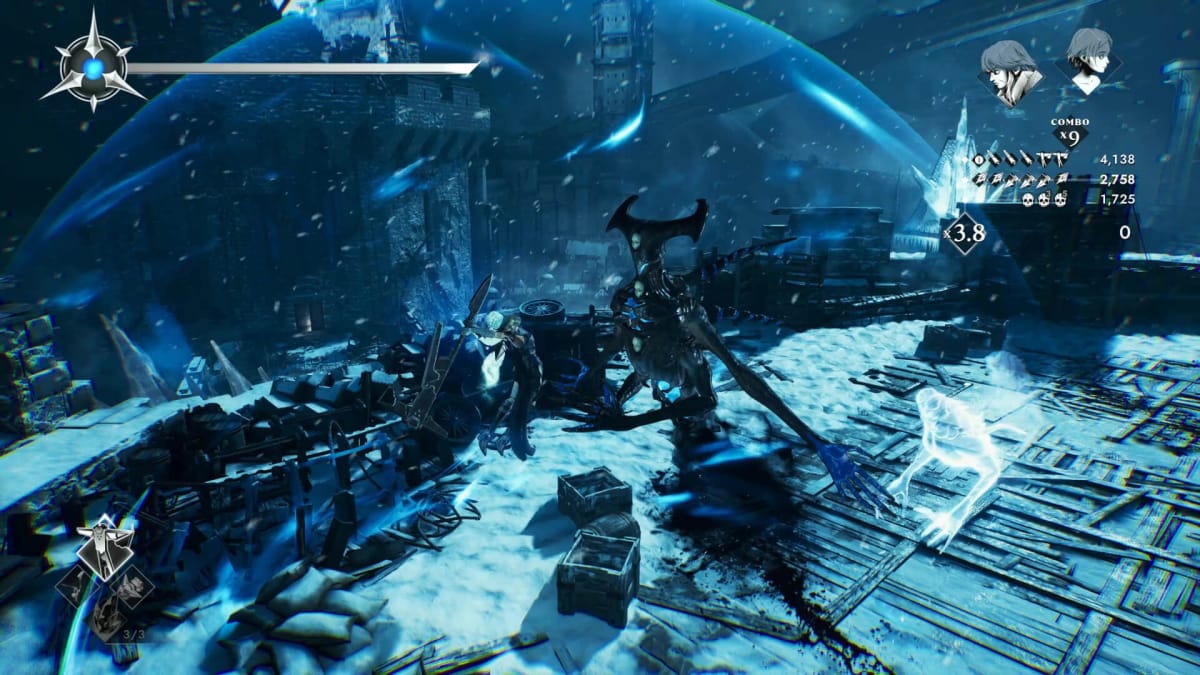
Part of the reason for that feeling of grindy repetition in Soulstice's second half is its overabundance of extraneous mechanics. There's a degree of needless complexity on display here. Enemies are weak to certain kinds of weaponry, which only seems to matter some of the time; armored enemies absolutely must be taken down with the fist weapon, for example, but despite "summoners" being weak to daggers, they never felt effective against that enemy type.
Most of Soulstice's combat frustrations lie in its Ikaruga-style red-and-blue mechanic. Pressing either trigger summons a red or blue field, and some enemies can only be damaged within that field. That's fine in principle, but the field runs out after a certain period of time, which can lead to irritating wait-and-see moments while you wait for the field to recharge. This doesn't gel well with the bullet sponge nature of the enemies, as it prolongs combat encounters to the point of tedium.
There's a degree of needless complexity on display here.
Soulstice also has a parry mechanic, apparently. I say "apparently" because it's easily the most underdeveloped part of the combat. Sometimes, a prompt will appear over an enemy. Pressing the button causes Lute to do...something, which either blocks the incoming attack, freezes time for the enemy, or causes them to stumble. Across the entirety of my 15 hours with Soulstice, I never figured out exactly how this parry worked, and it never felt satisfying at all.
It's a shame because when the core combat is given time to shine, it's inordinately satisfying. Soulstice absolutely nails the weight and impact necessary to make character action combat feel good. It's just that Soulstice has a dispiriting overreliance on "more" instead of "different"; it doesn't ask you to vary up the way you use your tools, instead choosing to increase health pools or add unnecessary extra steps to defeat enemies.
The Story In Soulstice Is Intriguing But Overwritten
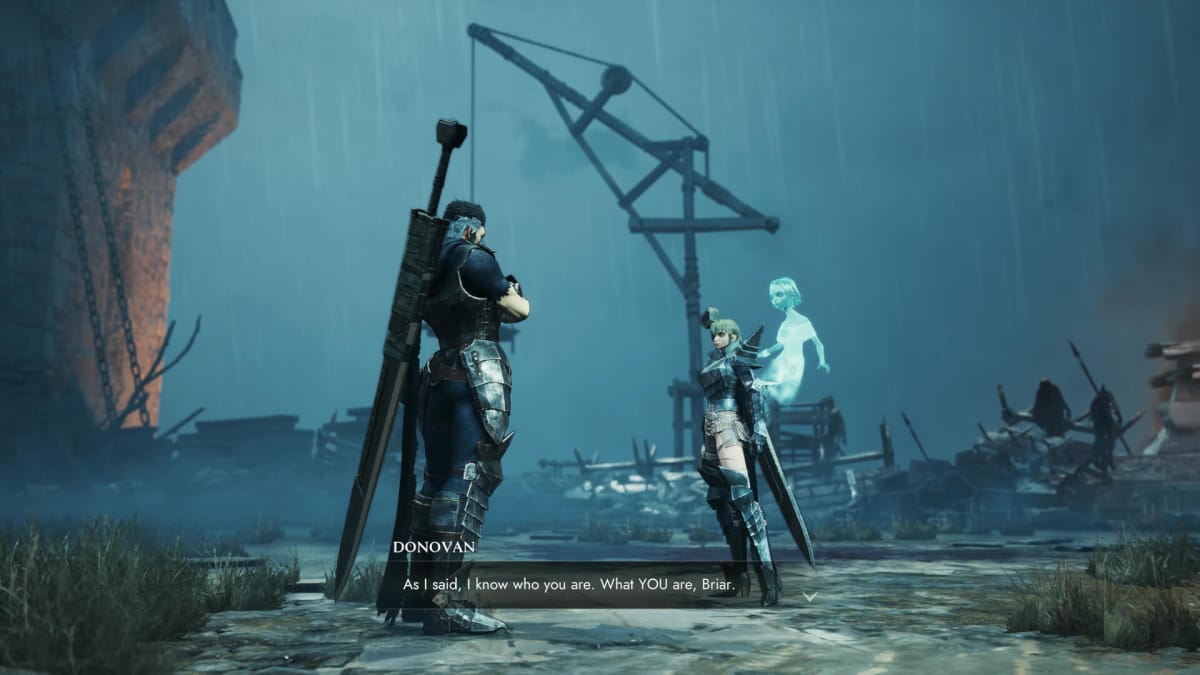
At first, Soulstice offers an intriguing setup for its narrative. Briar and Lute's predicament is compelling, and winding through the streets of Ilden in order to dispatch its corrupted inhabitants is an interesting task. It doesn't hurt that the game looks absolutely gorgeous; though it has a somewhat unsettling character design, its environments are top-notch. Even here, though, Soulstice falters, as its environments are incredibly repetitive; you will never escape the "snowy castle" setting, and everything is cast in a blue-and-orange pallor that feels oppressive, and not in a good way.
Sadly, things once again deteriorate in Soulstice's second half when it comes to the story. It becomes apparent that Soulstice is completely head-over-heels in love with its own narrative. Every character's dialogue is massively overwritten; there's an abundance of tell-don't-show storytelling here, and Soulstice just cannot resist interrupting its high-octane action for cutscenes that drone on far too long.
Despite the story being overwritten, it's also underbaked. The revelations and twists throughout Soulstice's narrative just didn't feel like revelations to me. I don't want to spoil, but when the reasons behind many of the pivotal events in Soulstice were revealed, I found myself shrugging. Those reasons already seemed obvious to me, and I was hoping that Soulstice would offer more unusual explanations for its core concepts.
I don't want to spoil Soulstice's ending, but it's another game that doesn't feel like it concludes the way it should. All the way through, events point to a figure as the principal instigator, but that's not who you fight as the final boss. Instead, Soulstice pulls another character out of its...erm...hat for the final encounter and sends you on your way. It's supremely unsatisfying and serves as a rather sour note on which to end a mildly intriguing mystery.
Soulstice | Final Thoughts
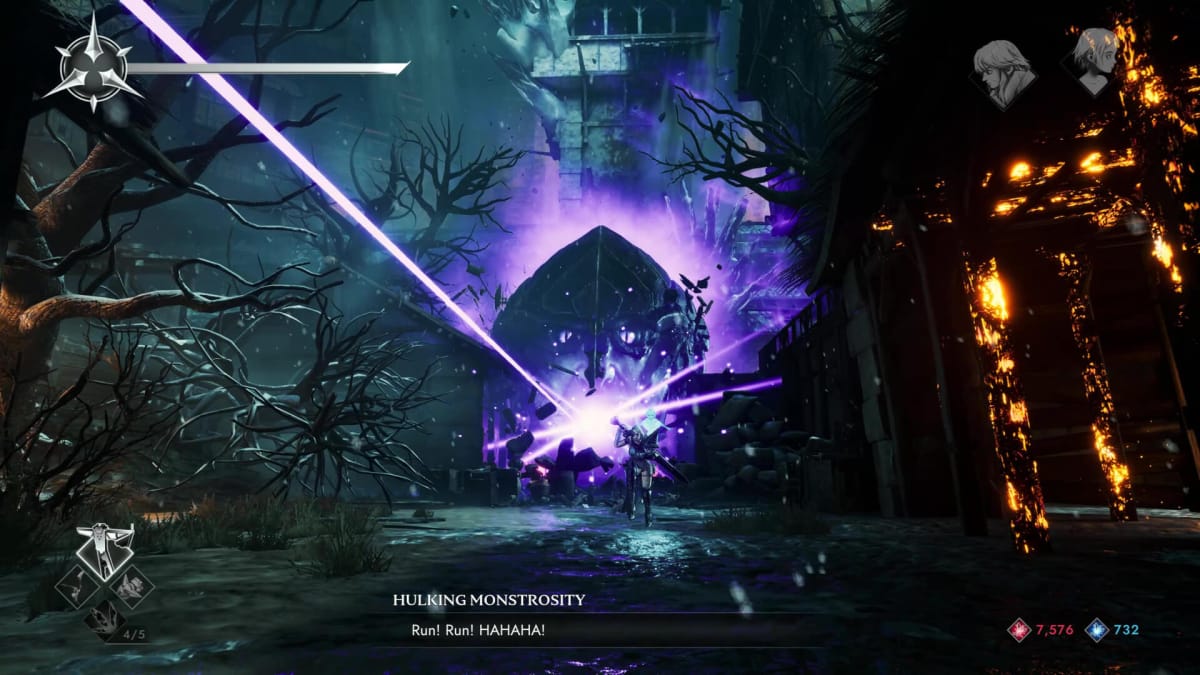
At its core, Soulstice feels like a solid B-tier hack-and-slash game from the PlayStation 3 era. It takes heavy inspiration from Devil May Cry in its design, combat execution, and level structure, but thanks to its Ikaruga color-swapping mechanic, it does manage to find an identity of its own. Soulstice may run out of ideas before its conclusion and tell a simultaneously overwritten and undercooked story, but its excellent core combat, variety of weaponry, and general retro feel make it well worth a look if you're a Devil May Cry fan.
TechRaptor reviewed Soulstice on PC via Steam with a copy provided by the publisher. It is also available on PlayStation 5 and Xbox Series X|S.
Review Summary
Pros
- Excellent Combat
- Old-School Feel
- Lots Of Weapons
Cons
- Repetitive Second Half
- Bullet Sponge Enemies
- Undercooked Yet Overwritten Story
Have a tip, or want to point out something we missed? Leave a Comment or e-mail us at tips@techraptor.net
